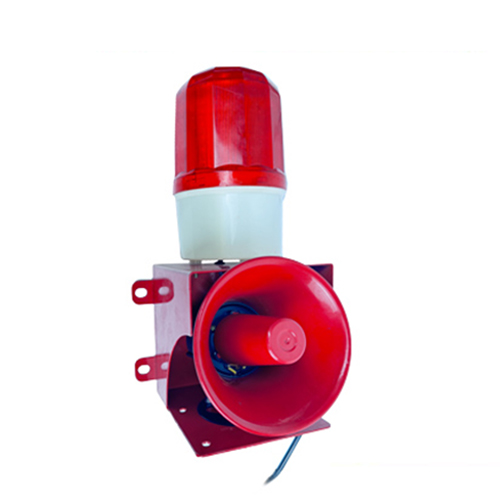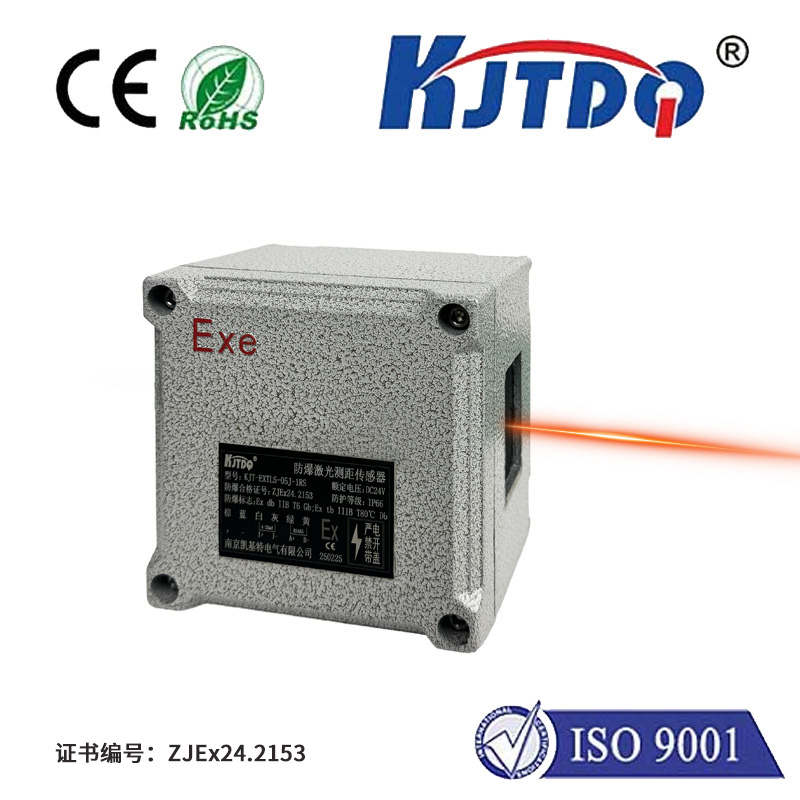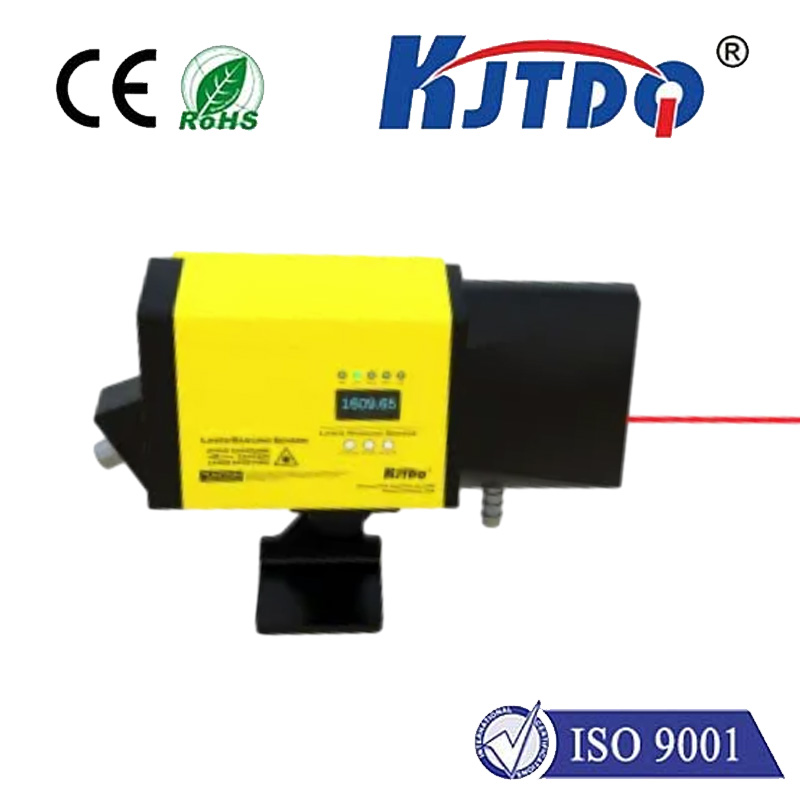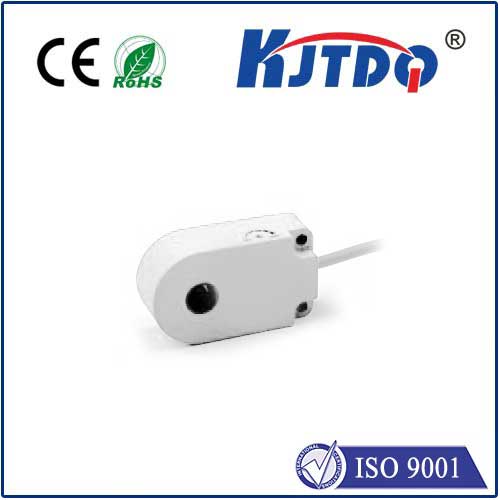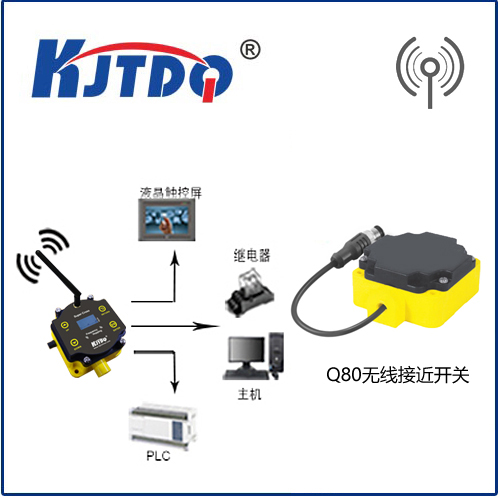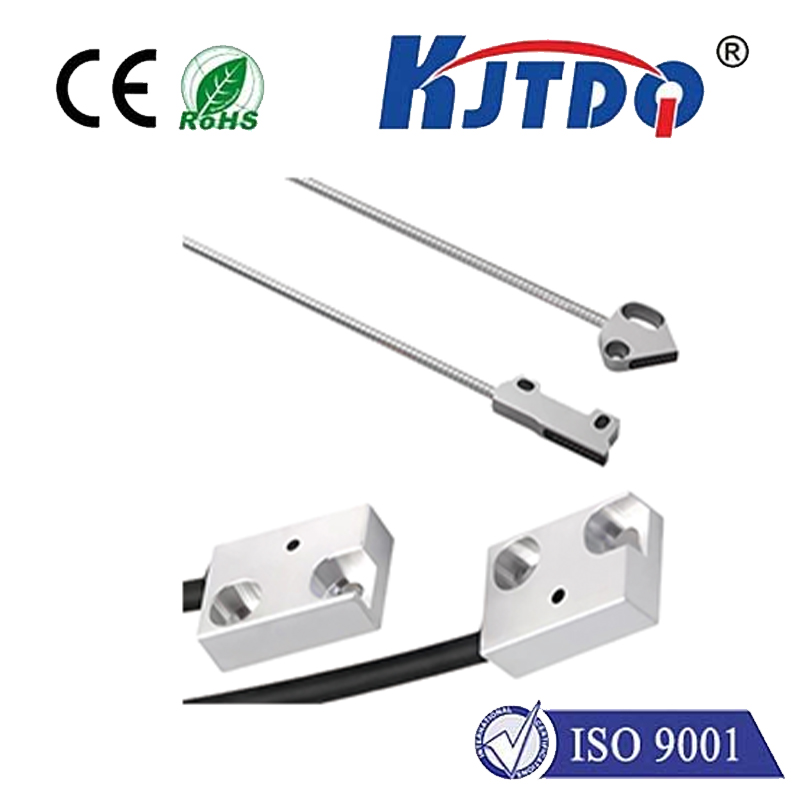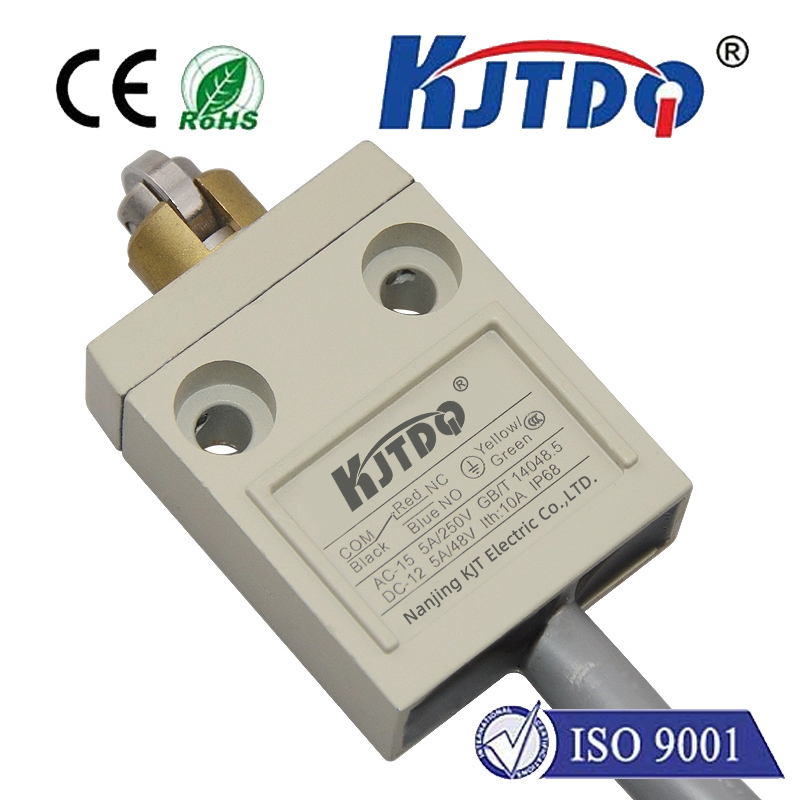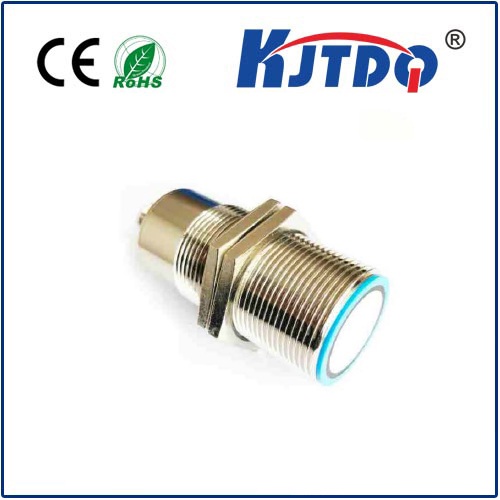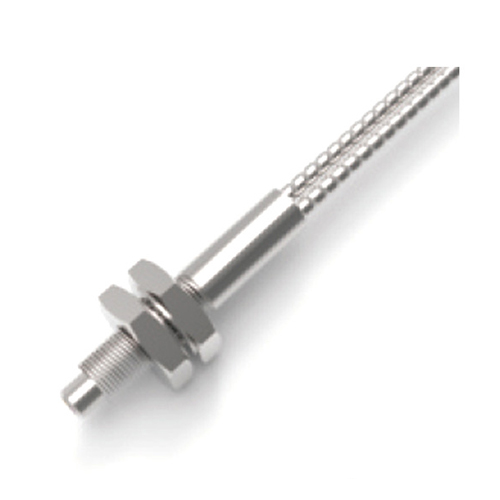

check

check

check

check
Motor control is a crucial aspect of modern industrial processes, and limit switches play a vital role in this process. A limit switch is an electronic device that signals the end of a mechanical movement or the attainment of a set position by the motor. This article aims to provide readers with a comprehensive understanding of limit switch motor control, its benefits, and applications in various industries.
The Function of Limit Switches in Motor Control
Limit switches are designed to monitor the position of machinery components, particularly motor-driven systems. They send signals to the motor control system when a specific threshold or set point is reached, either stopping the motor or reversing its direction. The primary purpose of limit switch motor control is to prevent overtravel and potential damage to equipment and machinery by ensuring they operate within their intended limits.
Benefits of Limit Switch Motor Control
The use of limit switches in motor control offers several advantages:
1. Safety Enhancement: Limit switches help avoid injuries and accidents caused by machine overtravel or misalignment.

2. Machine Protection: By preventing overtravel, limit switches protect machine components from wear and tear, extending their lifespan.
3. Accurate Positioning: In applications requiring precise positioning, limit switches ensure that machines stop or change direction at exactly the right moment.
4. Energy Efficiency: Proper motor control can optimize energy usage, reducing unnecessary power consumption during idle periods.
5. Maintenance Reduction: With fewer unexpected breakdowns due to collisions or overtravels, maintenance costs and downtime are minimized.
Applications of Limit Switch Motor Control
Limit switch motor control has broad applications across various industries, including:
1. Material Handling: In conveyor belts, elevators, and cranes, limit switches ensure proper loading and unloading without exceeding safe limits.
2. Packaging: Automatic packaging machines rely on limit switches to accurately position packaging materials for efficient sealing and cutting.
3. Manufacturing: On assembly lines, limit switches control the movement of parts and tools, ensuring precision placement and avoiding collisions between machines.
4. Automation: In robotics and CNC (Computer Numerical Control) machining, limit switches provide critical feedback for accurate movements and operations.
5. HVAC Systems: For heating, ventilation, and air conditioning systems, limit switches regulate fan and damper positions to maintain optimal temperature control.
Conclusion
Limit switch motor control is an essential technology for enhancing safety, protecting machinery, achieving precise positioning, improving energy efficiency, and reducing maintenance requirements. As industries continue to embrace automation and smart manufacturing practices, the role of limit switches becomes increasingly significant. By integrating these devices into motor control systems, businesses can operate more efficiently while safeguarding their workforce and equipment from harm.
